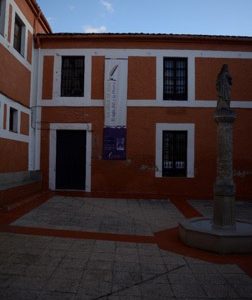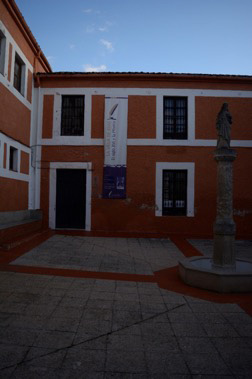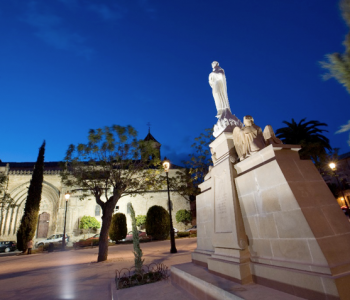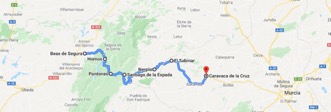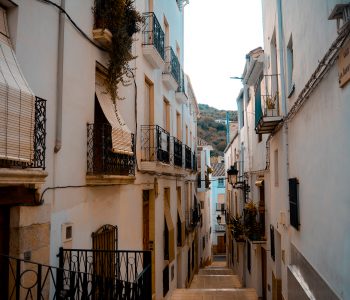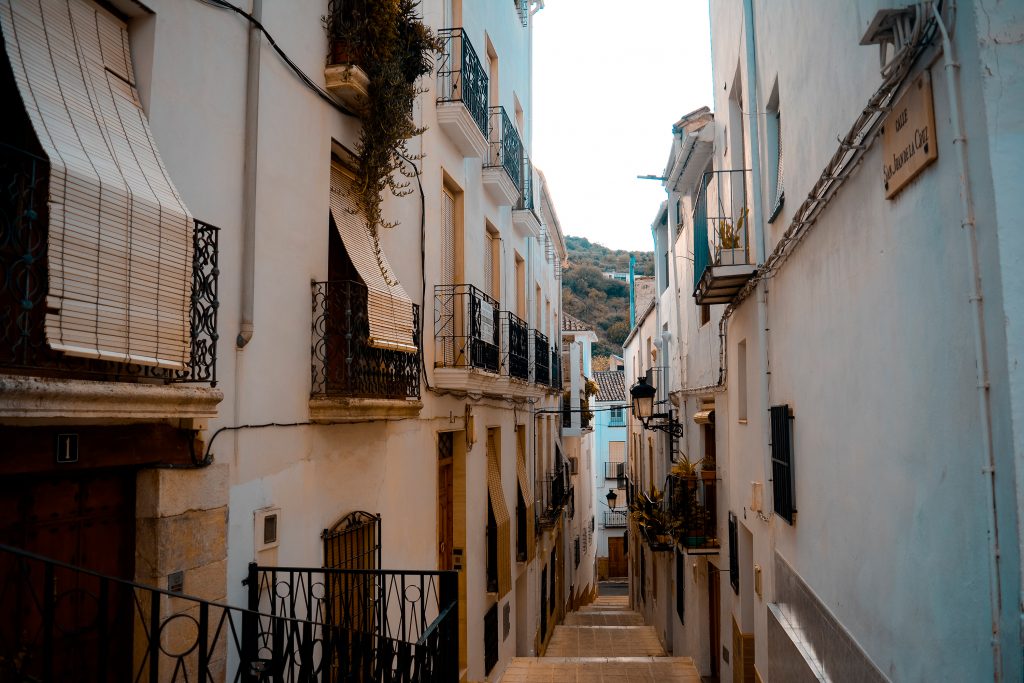 No category
No category
Monastery of San José del Salvador

Saint John of the Cross arrives at Beas as Prior of the Calvary Convent because Mother Ana de Jesús (whom he held in great esteem, so much so that he directs h Spiritual Canticle) considers the need to have the spiritual assistance of the most Discalced close to their community, because, as they were based in La Peñuela (La Carolina), so far from Beas, they were very rare.
The Calvary Convent has been completely altered and converted into a large farmhouse, conserving only some parts of it and a spring of water, which may well be the one that inspired the Carmelite saint stanza 35 of the Spiritual Canticle, which is engraved on the statue of Saint John of the Cross that is in the entrance square to the Monastery of San José del Salvador:
“Let’s rejoice, Beloved,
and let me see your beauty
through the mountain and the hill,
where pure water flows; let’s dive deeper into the thicket. ” (…)
The visit to Calvary is not available, yet it is in the Monastery of San José del Salvador of the Order of the Discalced Carmelites where the mystical poet acted as confessor and spiritual director of the nuns, the main historical space where to follow in the footsteps of the Saint and where he felt so comforted throughout his stay that he continuously returned to Beas to spend even long periods of time, as shown in some of the letters he regularly sent to the Carmelites.
(…) Do you think that, even though you see me so silent, I lose sight of you and miss the vision of how easily you can be saints, and how, with much bliss and safe protection you can walk in the delight of the beloved Spouse? (…)
Letter from Fray Juan to the Carmelites of Beas who reproach him for his delay and forgetfulness in replying them. (The Hundred Notices of Beas).
On the other hand, the Monastery of San José del Salvador was the tenth foundation of Santa Teresa and the first in Andalusia and its convent complex, its church, built during the first half of the seventeenth century, of a beautiful classicist baroque, stands out.
At the entrance square to the Monastery you can see the statue of Saint John of the Cross (and another of Santa Teresa) and inside, you can visit the museum-reliquary of the Monastery, housing remarkable various liturgical ornaments and relics of Saint John of the Cross, a bust of the Saint, a copy of the original drawing of Mount Carmel made by himself for Mother Magdalena del Espíritu Santo, nun of Beas, or the Book of Professions with seven unpublished autographs of the mystic poet, among other elements of interest.
You can also visit the parlor where Saint John of the Cross confessed and spiritually attended to the nuns. In it, there is a painting by the famous painter Ricardo Sanjuán, which represents the arrival of the Saint to Beas and the first interview with his nuns.
.
